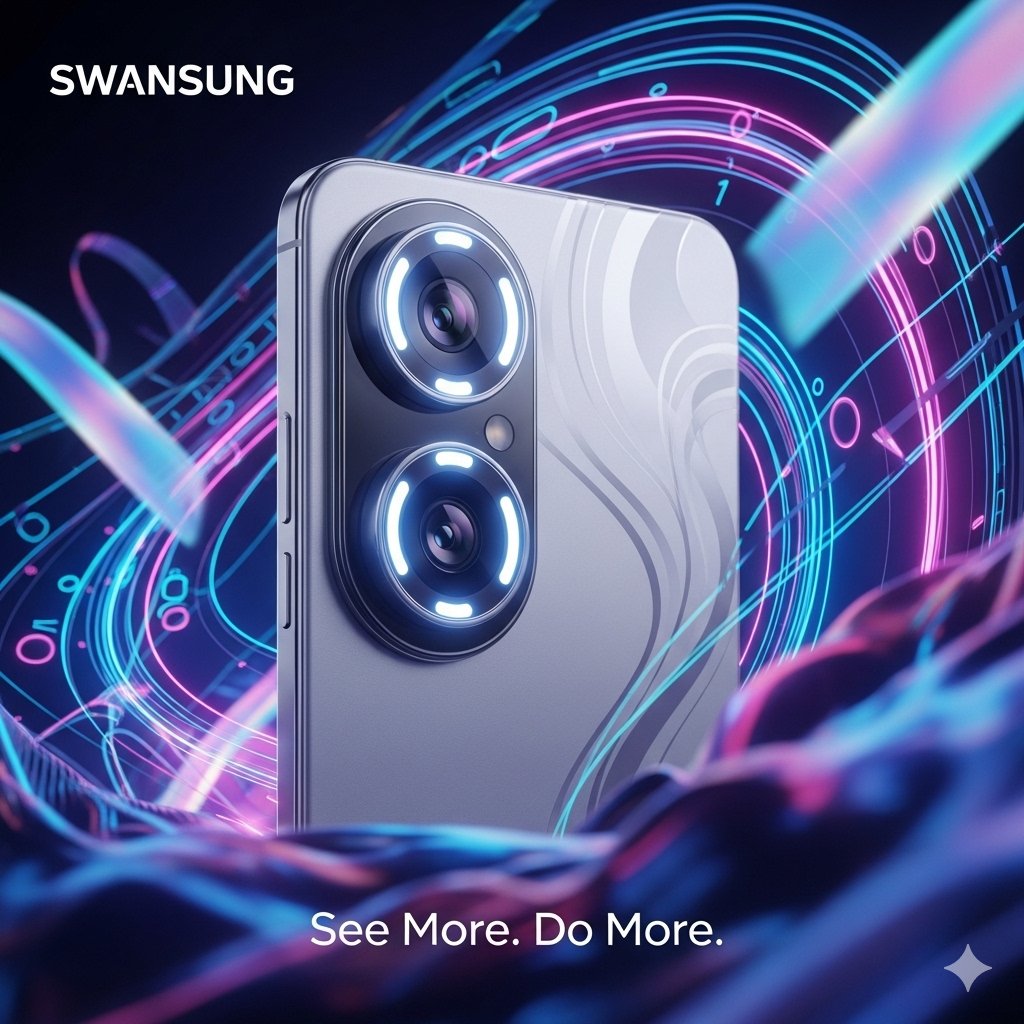Maximum Control, the Obsessive Process Behind Swansung's Captivating Product Shoots

Tensions are high in the office, as the team behind Swansungs June product launch campaign await the final call from management on the look of the next round of product advertisements.
At stake, three months worth of marketing materials to be redone. To make the deadlines thus far, the team has been using cutting edge synthetic generated art to blend the styles of some of their most prolific graphic designers past and present with contemporary artists. Last years October campaign included influences from renown artist Oliver Jones, although the man himself received no compensation and denounced the campaign as "a pitiful ripoff for a mediocre gadget".
In a world where anyone can blend any style, the demand for tens of revisions and refinements is commonplace. Swansung's board of executives have cultivated a reputation for extreme specificity in recent times. Their belief, with AI-assisted art, any revisions should be routine work, justifying demands for quick turnarounds on full "reshoots". Some staff say they've had to start from scratch with completely new styles at least a dozen times for each quarters' product shoots this year alone.
Swansung VP of Marketing, Carl Sunderland, was quoted as saying "only the best will do, and now we have the tools to make the best in mere days, it's just business, we have to stay competitive".
But the stress of rejection takes its toll on staff, who claim that the tools they are using aren't quite as pliable as they first seem. "You could get what you want, or equally something completely out of left field that takes hours to adjust".
Whereas before in house photographers, illustrators and graphic designers created the materials for the advertisements themselves, in recent years the board has demanded product shoots before the products have even rolled off the production line. 3D renders of products and digital scenes have been commonplace for years - but now designers have to make do with unfinished prototypes, and the scenes they're generating are entirely generated by prompt.
Getting the software to accurately generate a specific product is getting easier, but the many rounds of revisions mean that mistakes sometimes slip through, in last years October campaign for Swansungs previous device, internet commentators were amused by the fact that the design in the product shoot had two additional cameras that didn't make it into the production model.